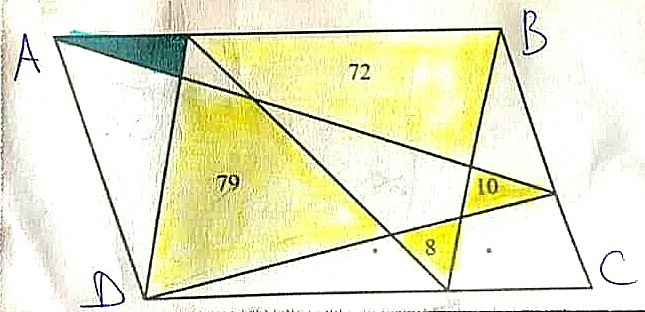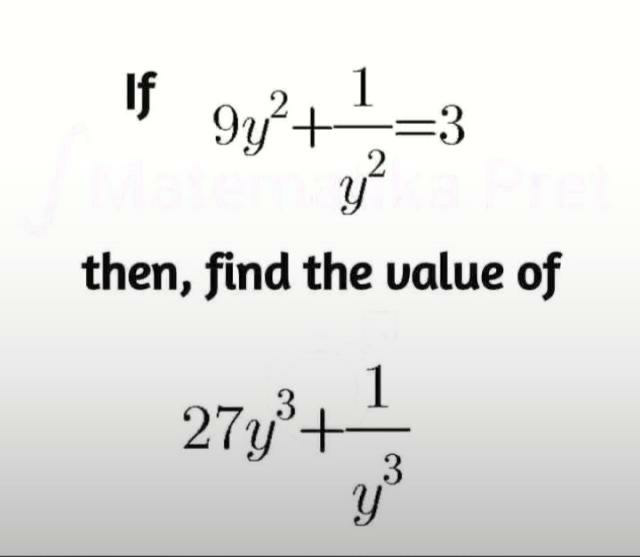
AllQuestion and Answers: Page 1271
Question Number 87831 Answers: 1 Comments: 1

Question Number 87817 Answers: 1 Comments: 3
Question Number 87815 Answers: 1 Comments: 3
Question Number 87803 Answers: 2 Comments: 4

Question Number 87799 Answers: 0 Comments: 2
Question Number 87793 Answers: 2 Comments: 0
Question Number 87790 Answers: 2 Comments: 0
Question Number 87789 Answers: 1 Comments: 1
Question Number 87785 Answers: 0 Comments: 0

Question Number 87784 Answers: 1 Comments: 1
Question Number 87773 Answers: 0 Comments: 4
Question Number 87769 Answers: 2 Comments: 0
Question Number 87767 Answers: 0 Comments: 1

Question Number 87759 Answers: 0 Comments: 2

Question Number 87757 Answers: 0 Comments: 2
Question Number 87755 Answers: 0 Comments: 2
Question Number 87754 Answers: 0 Comments: 0
Question Number 87752 Answers: 1 Comments: 0
Question Number 87751 Answers: 0 Comments: 2
Question Number 87737 Answers: 1 Comments: 0
Question Number 87733 Answers: 1 Comments: 2

Question Number 87732 Answers: 0 Comments: 1
Question Number 87731 Answers: 0 Comments: 1
Question Number 87726 Answers: 0 Comments: 0

Question Number 87724 Answers: 1 Comments: 0
Question Number 87723 Answers: 1 Comments: 0
Pg 1266 Pg 1267 Pg 1268 Pg 1269 Pg 1270 Pg 1271 Pg 1272 Pg 1273 Pg 1274 Pg 1275
